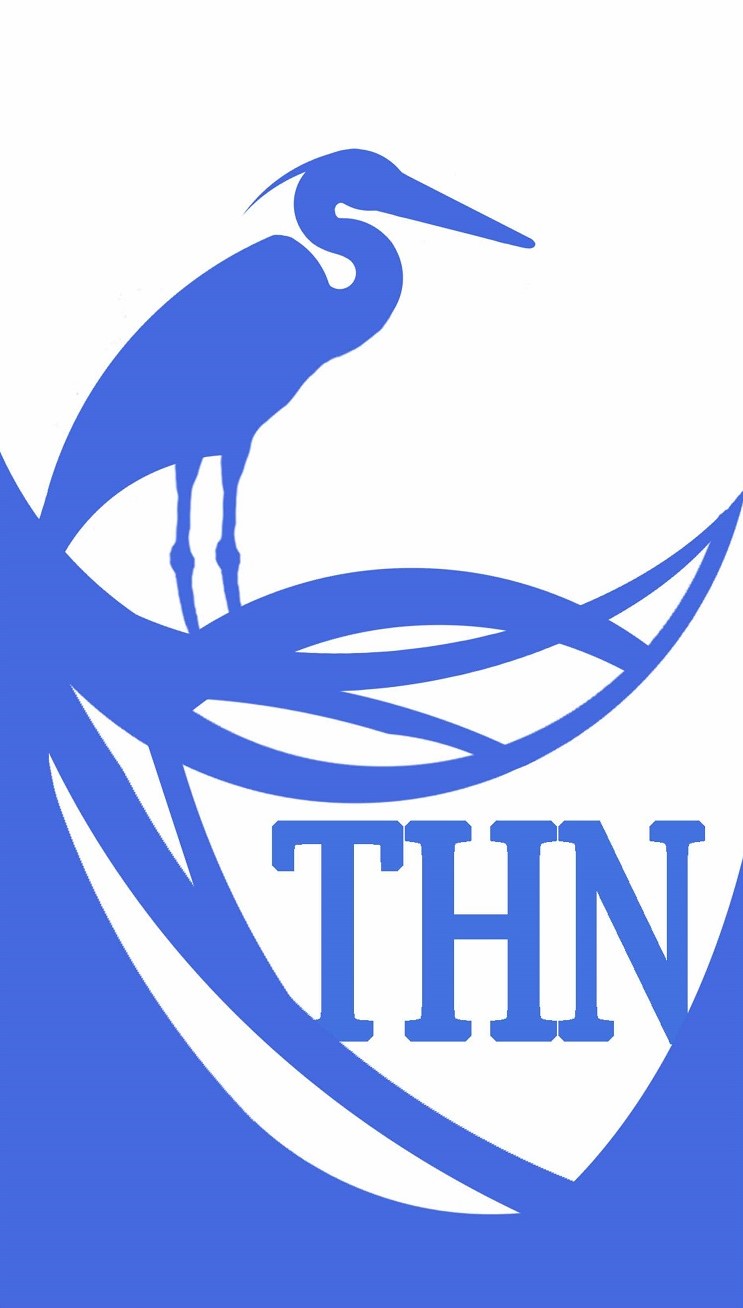Volume XXVI, Number 1: March 2024
;Editors' Choices
blue silk
through the needle's eye
she threads a river
L. Teresa Church
Durham, North Carolina
scrub jays
the full ledger
of late autumn
Cherie Hunter Day
Menlo Park, California
incense smoke
a gust of wind redirects
her prayers
Wonja Brucker
Niskayuna, New York
The Heron's Nest Award
blue silk
through the needle's eye
she threads a river
L. Teresa Church
Durham, North Carolina
There was an assignment to sew a duster at an elementary school's home economics class. Using a cotton thread, making straight lines with short stitches was the goal. I was not skillful, and my lines were always meandering like a river.
A river is born in a mountain. Its source can come from rainfall, glaciers, underground springs, or lakes. A small stream starts to crawl. Birds, animals, and the moonlight watch it flow. It walks through villages and cities. It is used for irrigation, and feeds water mills. It brings people from one place to another. It provides joy and comfort. It runs to the sea. Sometimes, when merging with another river, it changes its name. Occasionally, it rages and destroys things. It has many faces and shows different emotions. It divides countries, too. Despite its danger, refugees cross it dreaming of obtaining better lives. Rivers have witnessed many things and will continue to do so.
The thread in the poem is "blue," not white or red. I remember the blue autumn sky in Morioka when I saw salmon swimming up the Nakatsu River. After spawning, salmon would die. Due to the long trip from the ocean, their bodies are battered. Locals call them "hochare-zake," an autumn kigo in the region.
Out of curiosity, I fed this poem to Chat GPT.
The metaphorical significance of threading a river through the needle's eye adds layers of complexity to the verse. The needle's eye, traditionally a symbol of precision and patience, becomes a portal to boundless landscapes. Here, the river symbolizes the ceaseless flow of life, its twists and turns reflecting the unpredictable nature of human experience. The act of threading becomes a metaphor for the delicate yet purposeful interweaving of existence itself.
The choice of "blue silk" as the medium immediately introduces a sense of elegance and fluidity. Blue, often associated with depth and tranquility, sets the tone for a journey through the intricate realms of imagination. The silk, with its smooth and luxurious texture, becomes the canvas upon which the poet paints her vision.
As a river changes its course, how I interpret this poem may become different when I read it later. My mother passed away in December. She was 92 and had a long life. Her marriage was an arranged one which was typical in her time. She was a housewife, a mother of two and took care of her aging parents. I have been living an ocean apart from her for several decades. After I divorced, I kept my marriage name. Like a tributary river, I took a different course from her. I became her caretaker after my father's death. I helped her sell her house, move to a nursing home. As per her request, I ordered things such as munches, sweets and coffee beans at Amazon.co.jp. Pretending I was a dutiful daughter, I traveled to Tokyo several times a year. But honestly speaking, I am not sure I knew her well. In her 50s, my mother participated in kimono dressing classes for semi-professionals. She developed an interest in the kimono and started sewing her own. Long before her death, she selected the kimono she wanted to wear to the other world. I placed it in her coffin.
Could "she" in Church's poem be a Goddess in charge of fate? The color and length of a thread may determine one's lifespan. Does a river know the route it takes might be pre-determined? Nonetheless it flows, meandering like clumsy stitches on the duster that I sewed at school.
Fay Aoyagi
March 2024
